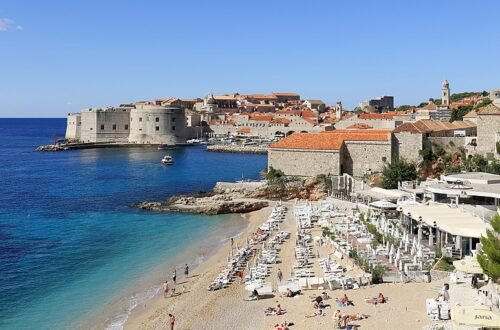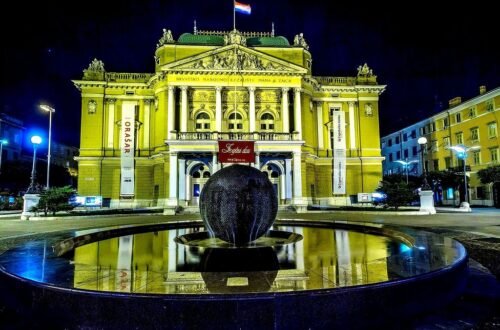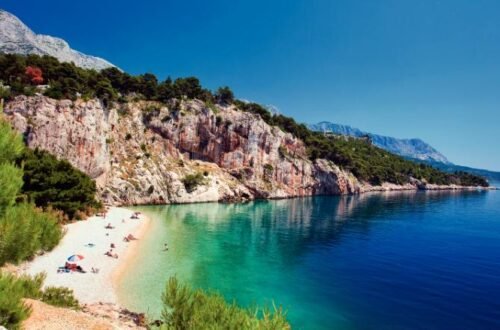
15 Best Things to See in Pula (Croatia)
Since the Romans, Pula, which controls the Adriatic from the southern tip of the Istrian Peninsula, has been a strategic prize for a variety of major players. In the Augustan era, this city with its natural harbour was established. A stunning amphitheatre, temples, and a group of archers have endured for more than 2,000 years. Later, the Venetians included it in their Adriatic defences, adding to the city’s already extensive military history. However, it was the Austro-Hungarian empire, which chose Pula as the harbour for their imperial marine arsenal in the 1800s, that truly went to town in Pula. What’s left is a city crammed with grand historic structures, but also situated on a lovely hillside surrounded by natural parks. Let’s look at the greatest activities in Pula:
- Pula Aquarium
- Archaeology Museum
- Cape Kamenjak
- Arch of the Sergii
- Local produce
- The Temple of Augustus
- Brijuni National Park
- Pula Communal Palace
- Kastel
- Church and Monastery of St. Francis
- Arena
- The Gate of Hercules
- Small Roman Theatre
- Austro-Hungarian Fortresses
- Forum
Pula Aquarium
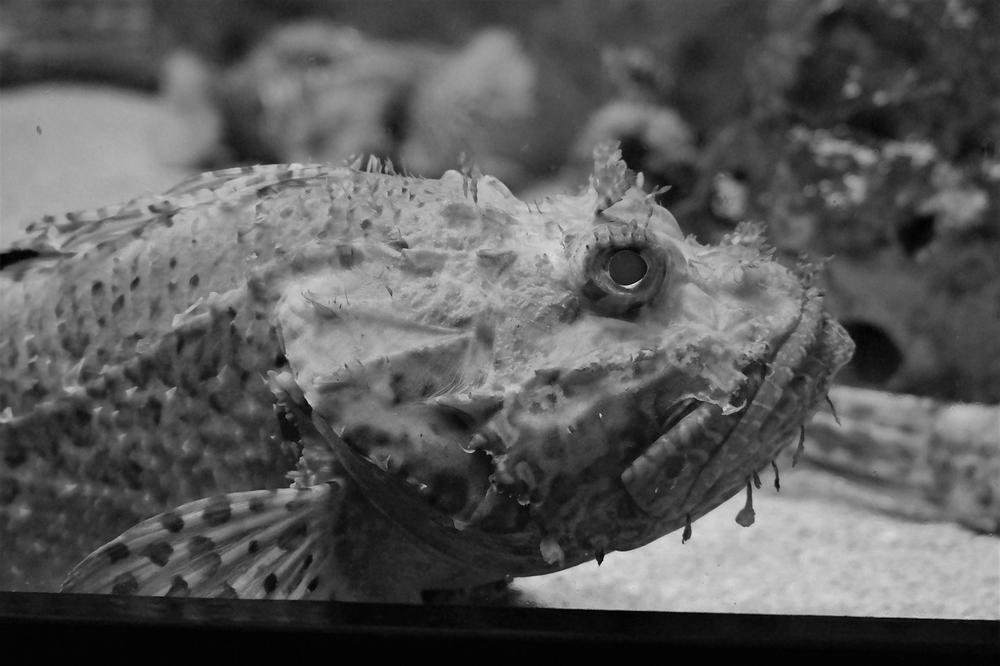
The aquarium in Pula is the biggest in Croatia, and it has a striking location inside the Austro-Hungarian stronghold of Verudela. The aquarium is a practical choice for cloudy or sweltering summer afternoons. Tanks containing freshwater and marine species unique to Croatia and the Adriatic, tropical displays, a turtle rescue centre (the only one to be found in Croatia), and an entire chamber devoted to sea horses, blend seamlessly with the fort’s stone architecture. The shark tank, which is located in the former fortress atrium, serves as the attraction’s focal point.
Archaeology Museum
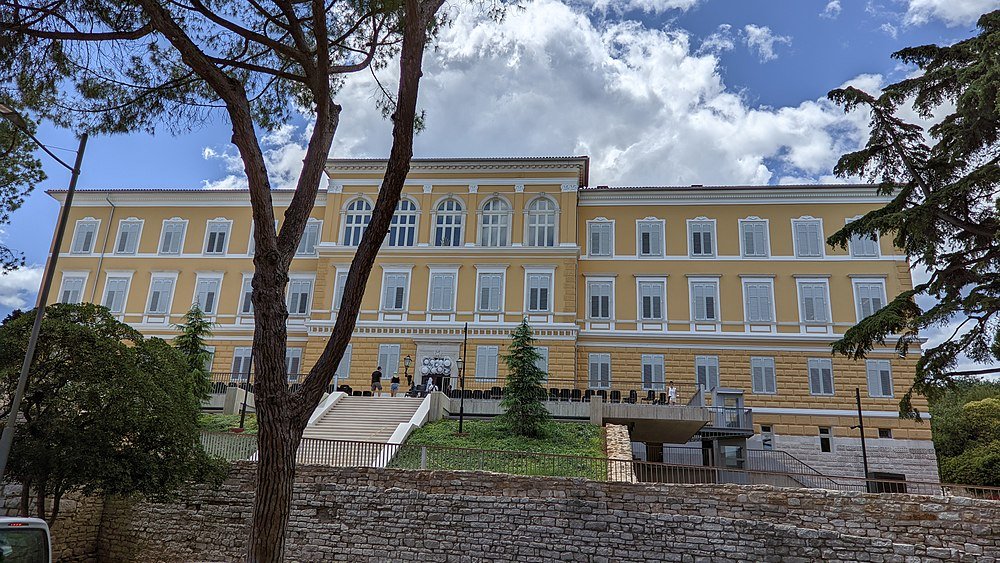
When the city’s museum was moved into the Temple of Augustus in the 1800s, there was soon too much old history to present, and this attraction was finally opened in 1925. Busts, mosaics, and historic stone reliefs are among the artefacts on display in the Archaeological Museum today. Due to the region’s historical wealth, the exhibits are updated frequently. They start with artefacts unearthed in Stone Age caves and end with byzantine marble carvings discovered at the site of Pula’s first cathedral.
Cape Kamenjak
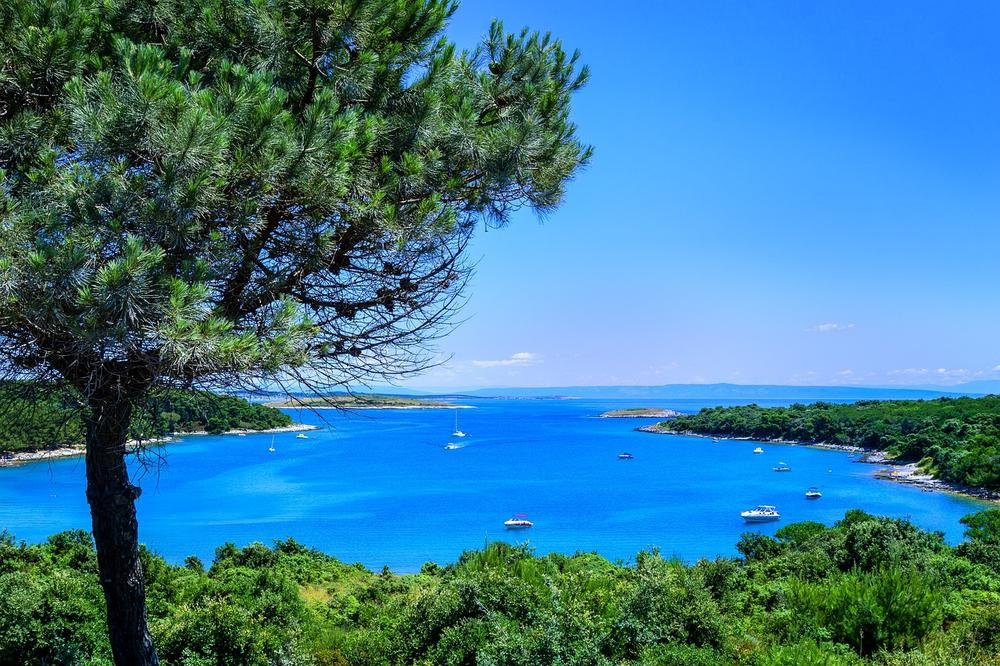
Istria’s southernmost point is a rugged promontory with a cluster of little islands offshore, just a few short miles south of Pula. Young people dive into the calm, clear waters of the Adriatic off of bare cliffs and unearthly rock formations, which give the landscape a sense of stark beauty. The best beaches are on the west side of the cape, which has a long sequence of shingle coves or rocky terraces that lead down to the water, like the sides of the world’s best-swimming pool!
Arch of the Sergii
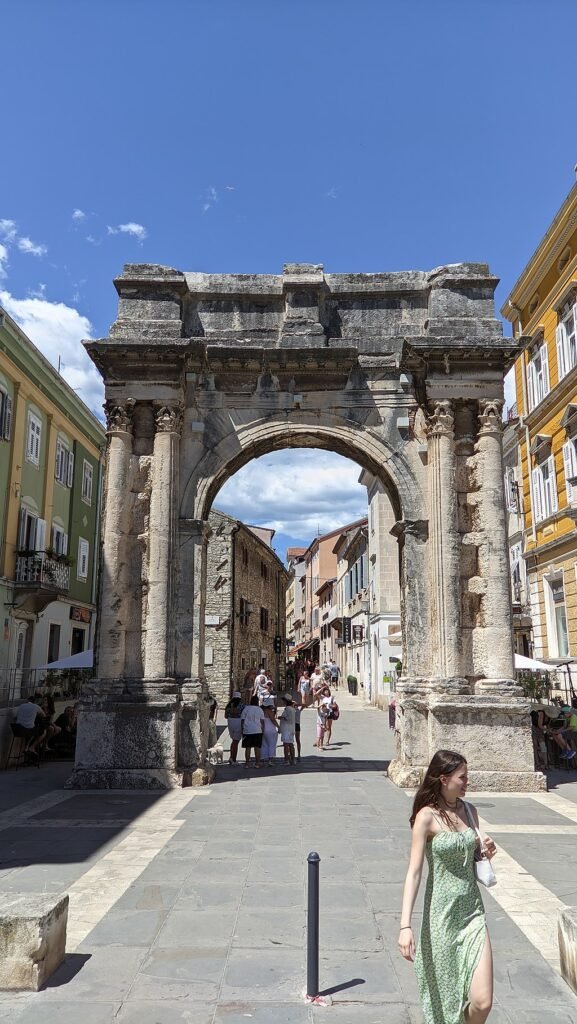
This triumphal arch is a slightly older Roman structure built to honour the significant role the strong Sergii family played in the crucial Battle of Actium in France. It dates back to around 30 BC, and despite its enormous antiquity, it’s still in good condition. The arch was once a city gate rising from the naval harbour when it was erected. A battle chariot drawn by horses is depicted in relief immediately below the friezes of cupids and garlands that have been carved into the stone.
Local produce
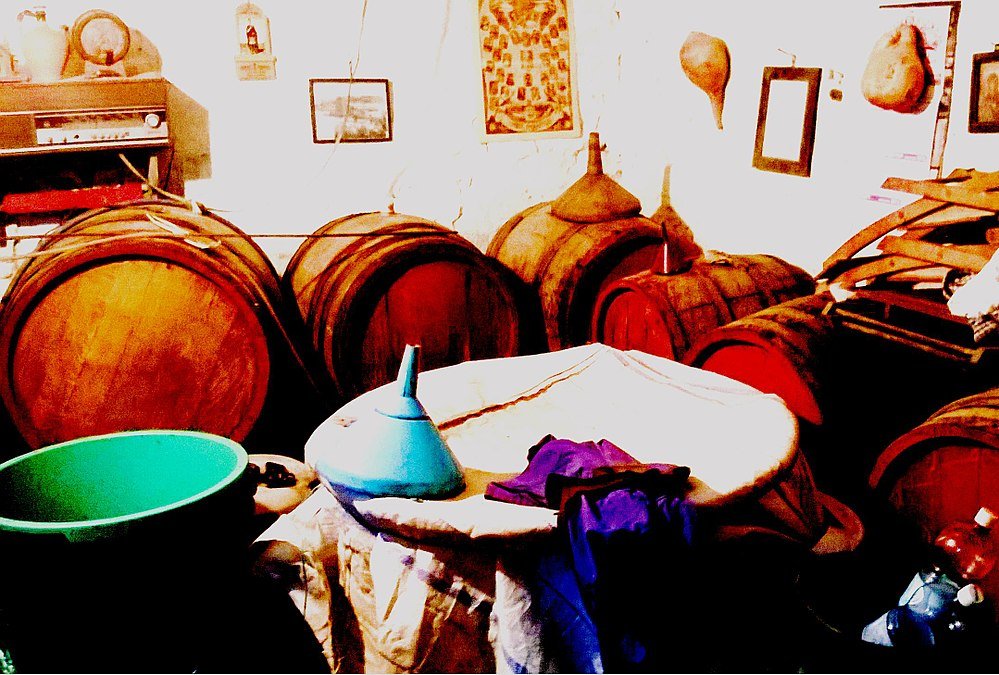
A bottle of Rakija is the best option for an authentically Istrian memento. This aperitif is distilled all over the Balkans, but there are always slight regional variations. Rakija is available in Istria with honey and mistletoe flavours. The latter is known as Biska and has a yellow-brown hue and a sweet flavour. If you visit a market or artisan store in Pula, you will find a bottle of oil made from Istrian white truffles. These are shaved onto steaks or grated onto pasta, and they grow well in the wet oak woodlands at the centre of the Istrian peninsula (small rolled pasta sheets with veal sauce).
The Temple of Augustus
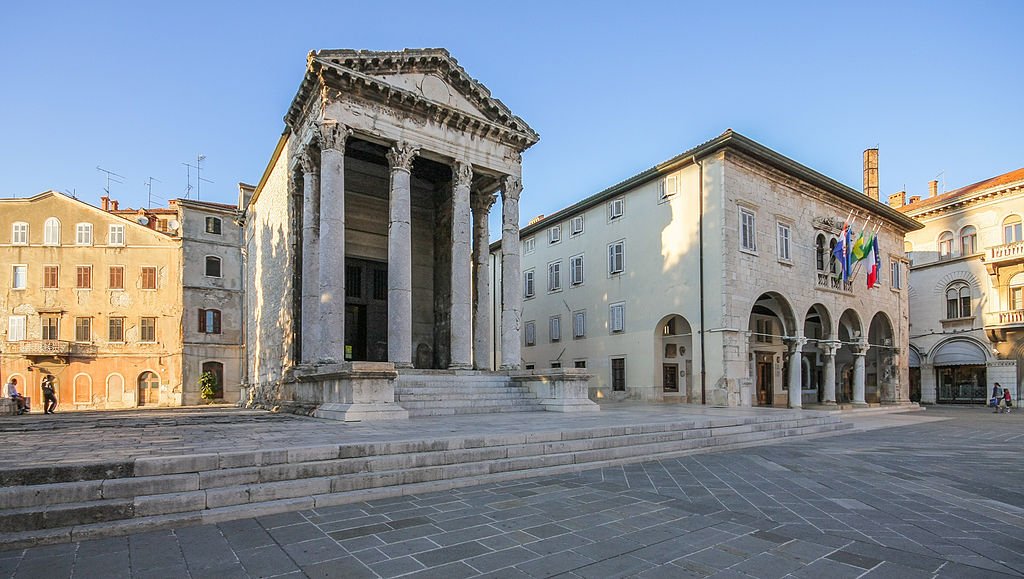
The massive tetrastyle portico of yet another historically significant building that has been properly maintained is unmissable on the forum. The temple is more than 2,000 years old because it was constructed during the reign of Augustus. When the Romans adopted Christianity, this temple was transformed into a church, which is why it lasted so well. Later, it served as a granary until taking on its current function as a lapidarium in the 19th century. Enter the space to witness historic sculptures made of metal and stone from the Pula region.
Brijuni National Park

The settlement of Fazana, a few kilometres north of Pula, is the only place on the mainland where one can enter this park. From there, it will take around 20 minutes to travel to the archipelago via regular boat service. The park is gorgeous, with small white beaches encircling heavily forested islands. Find the natural history sites on Veliki Brijun, where 200 Cretaceous-era dinosaur footprints have been discovered. A Knights Templar church and the remains of a Roman villa are also visible.
Pula Communal Palace
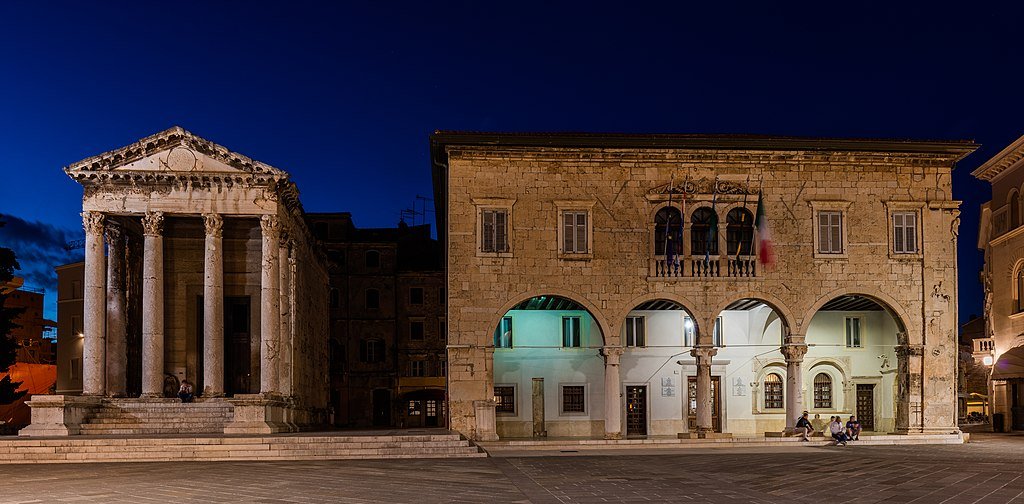
This area near the Augustus Temple has been a town hall for more than 2000 years. This is because the town hall was used for many years inside the Temple of Diana, which was located here until the Middle Ages. The current edifice took its place in the 13th century, but the last temple’s stonework can still be seen at the back of the present one. The Communal Palace is currently a mash-up of several styles, from Gothic to Baroque, as a result of numerous rebuilds throughout the years.
Kastel
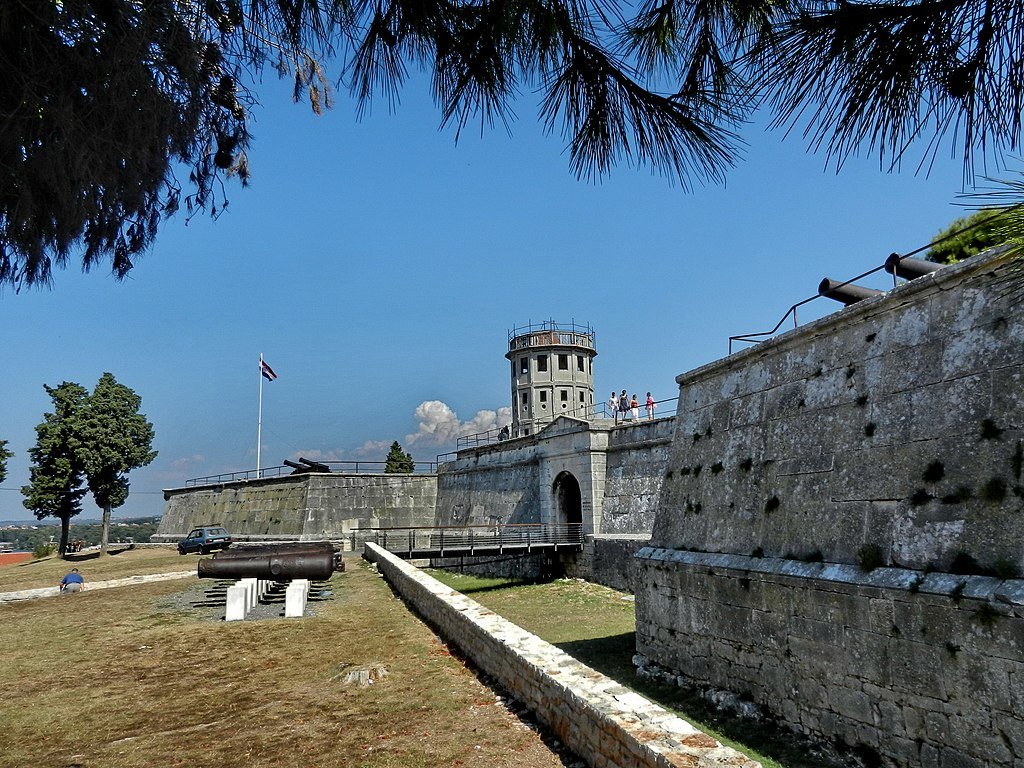
Kastel, a Venetian fortification built in the 1600s, is located atop a rise in the centre of Pula. You’ll observe that the strong-appearing walls are arranged in a star pattern, which was a cutting-edge design to fend off artillery after the invention of gunpowder. The Kastel was built to be the major bastion of the Venetians, guarding both the harbour of Pula and the entire upper Adriatic. Climb the sharp walls if you’re interested in military history to see the cannons and watchtowers. The Kastel is one of the most recognizable locations for the Pula International Film Festival, along with the arena.
Church and Monastery of St. Francis
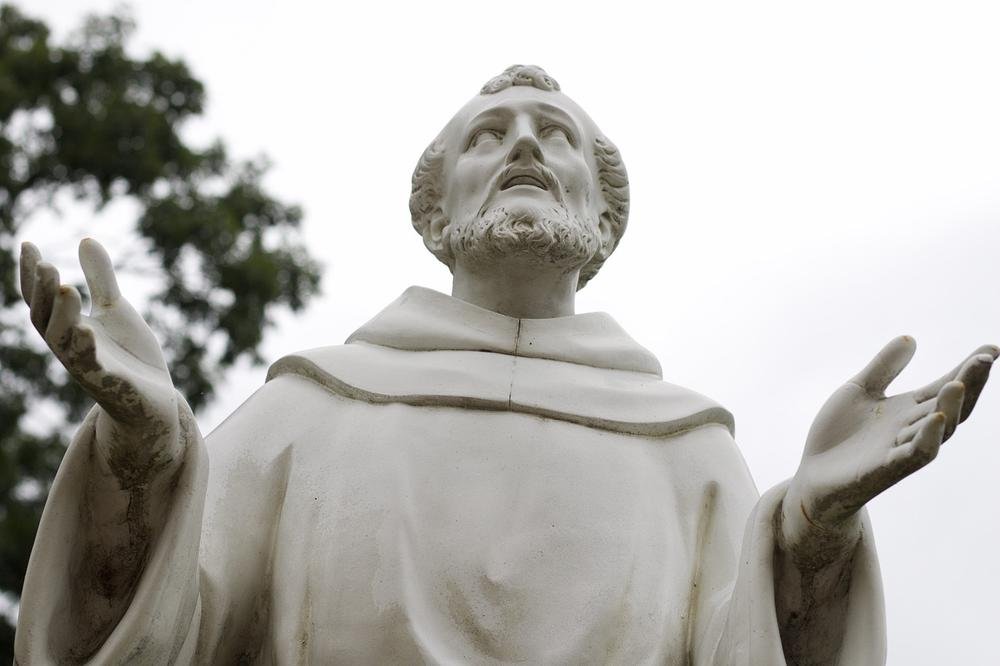
The Franciscan church in Pula dates back to the 1300s when this monastic order first arrived in the city and is situated on the slope of the main hill heading up from the Forum. In the following century, a monastic complex was built all around it. The monastery is a remarkable example of late-Romanesque architecture with its tall, slender windows and subtle exterior. The cloister and courtyard are the nicest parts for most tourists since the garden at its centre is a beautiful small oasis of statues and palm trees. Even little tortoises can be seen here in the summer sunbathing.
Arena
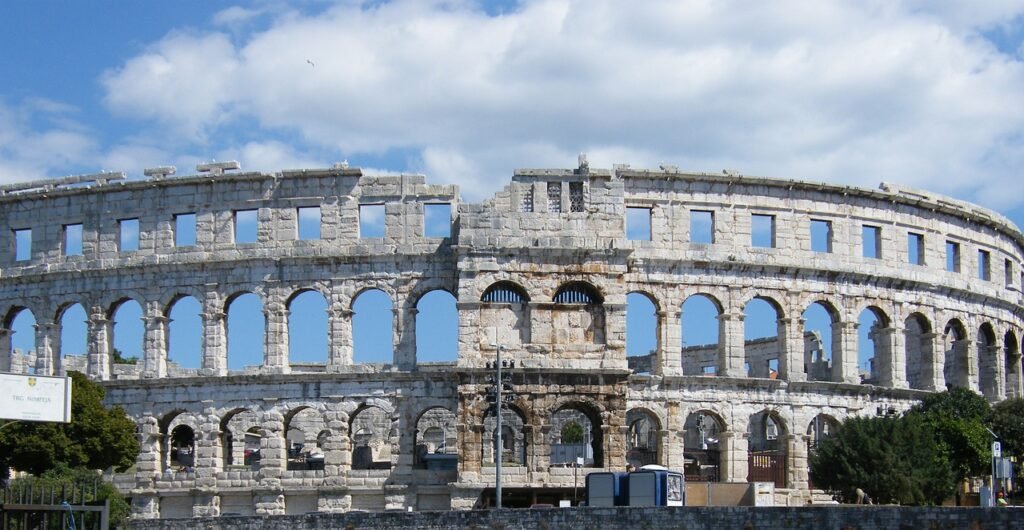
One of the most comprehensive Roman amphitheatres is found in Pula. It’s not just that the three-storey-high arched walls and four towers around the perimeter are still standing; Pula’s Arena displays the incredible inner workings of a Roman amphitheatre in vivid detail. You can see the Gladiators’ underground lanes as well as the cisterns that supplied the 20,000 spectators with fragrant water. One of the reasons this magnificent first-century structure has survived is that knights from the Middle Ages continued to use it for combat 1,000 years after it was constructed.
The Gate of Hercules
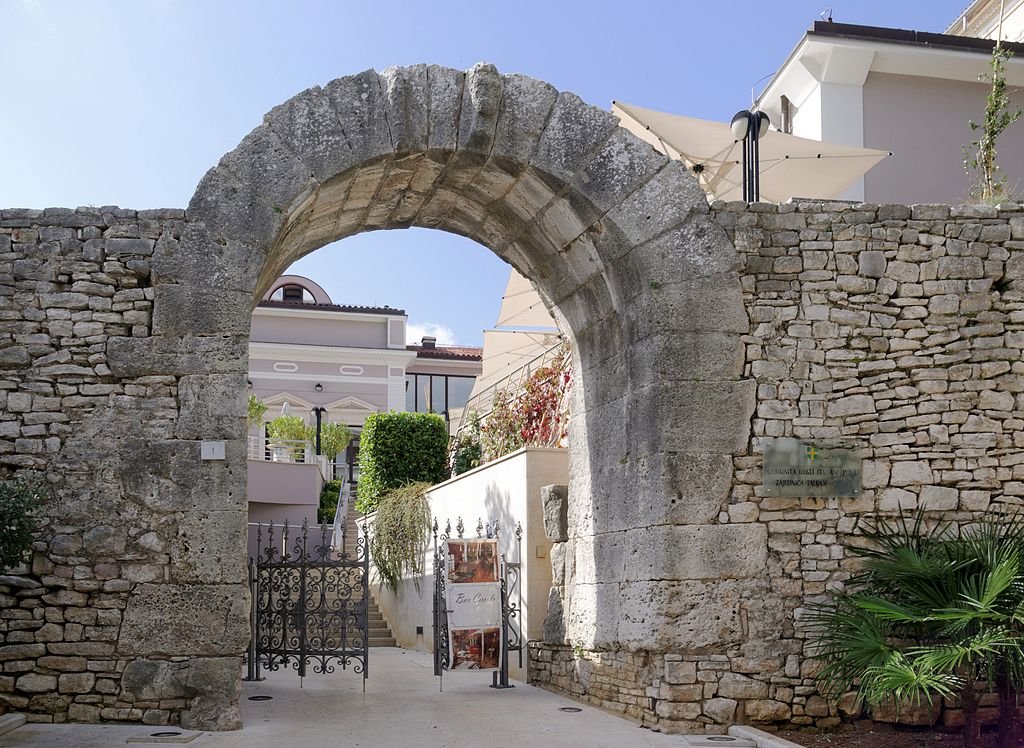
Despite its modest appearance, this site is one of Pula’s earliest surviving examples of Roman architecture. Hercules is shown on the arch in an eroded carving, but you can also make out the names of two Roman officials from the period: Gaius Cassius Longinus and Lucius Calpurnius Piso. In the middle of the first century BC, the Roman Senate charged these two men with founding Pula as a Roman colony. Medieval towers that were part of the city’s defences on the ancient Upper Circular Street may be seen on either side of the entrance.
Small Roman Theatre
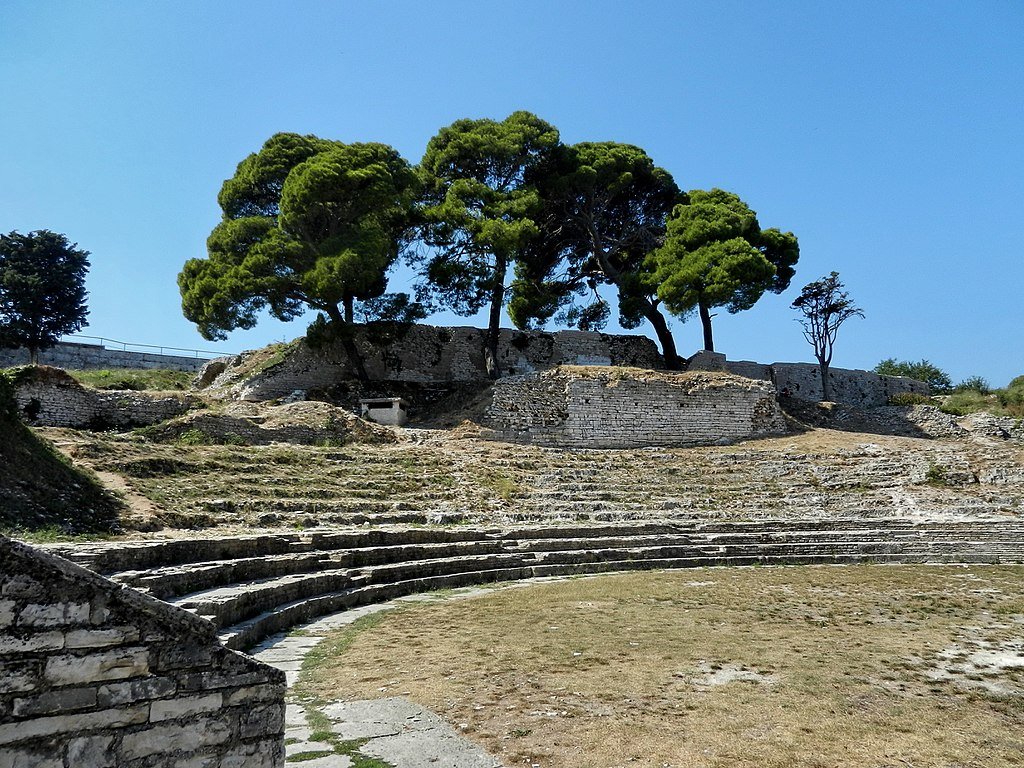
At this hillside theatre in Pula, you may round up your tour of the city’s Roman attractions. The reason these picturesque ruins are referred to as “little” is that Pula’s other, larger theatre lay outside the municipal limits. You can stroll along a significant portion of the tiered seating, as well as a portion of the stage and orchestra, in the tiny theatre, which is the only one of the two that have survived (where the Ancient Greek or Roman chorus would sing and dance). It’s a low-key attraction with fewer visitors, but that only makes it better.
Austro-Hungarian Fortresses
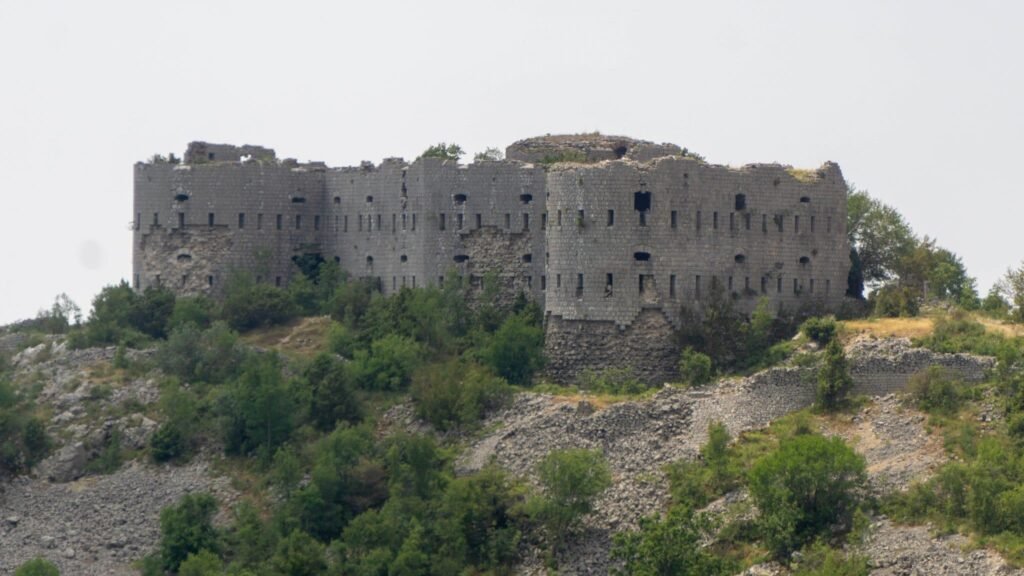
During the Austro-Hungarian era, when Pula served as the Empire’s primary naval port, the city developed an impressive system of coastal defensive defences. There are a total of 26 forts, along with batteries, ditches, and tunnels, many of which are slowly being taken over by nature. Each castle is round in shape, which was intended to help with cannon deflection. You can locate these installations on a walking tour by obtaining a map of them. And what’s even better is that many, like Fort Bourguignon and Fort Punta Christo, are perched high on hills with breathtaking views.
Forum
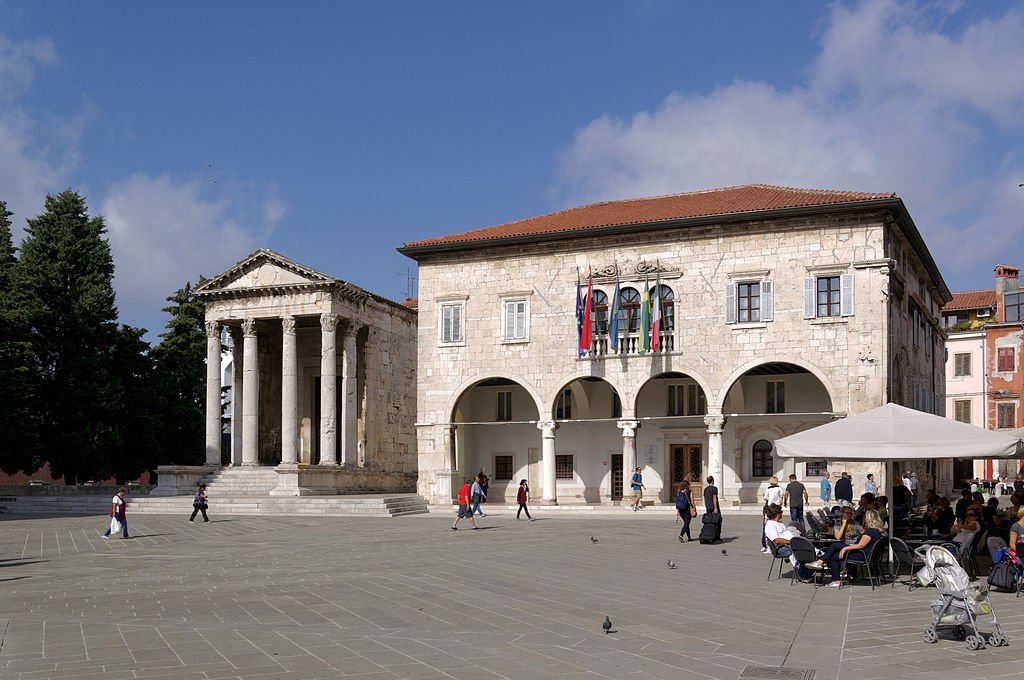
Pula’s forum is the city’s central square, just as it was during Roman rule. As a result, whenever there is a significant occurrence, you can be sure that something will be happening on the forum, just as it would have witnessed significant meetings two millennia ago. There are concerts and other cultural events held here during the summer, and there are large crowds when the Croatian national football team is competing in the Euros or World Cup. Other Roman monuments and the city hall’s Renaissance-style architecture contribute to the setting’s impressiveness.


